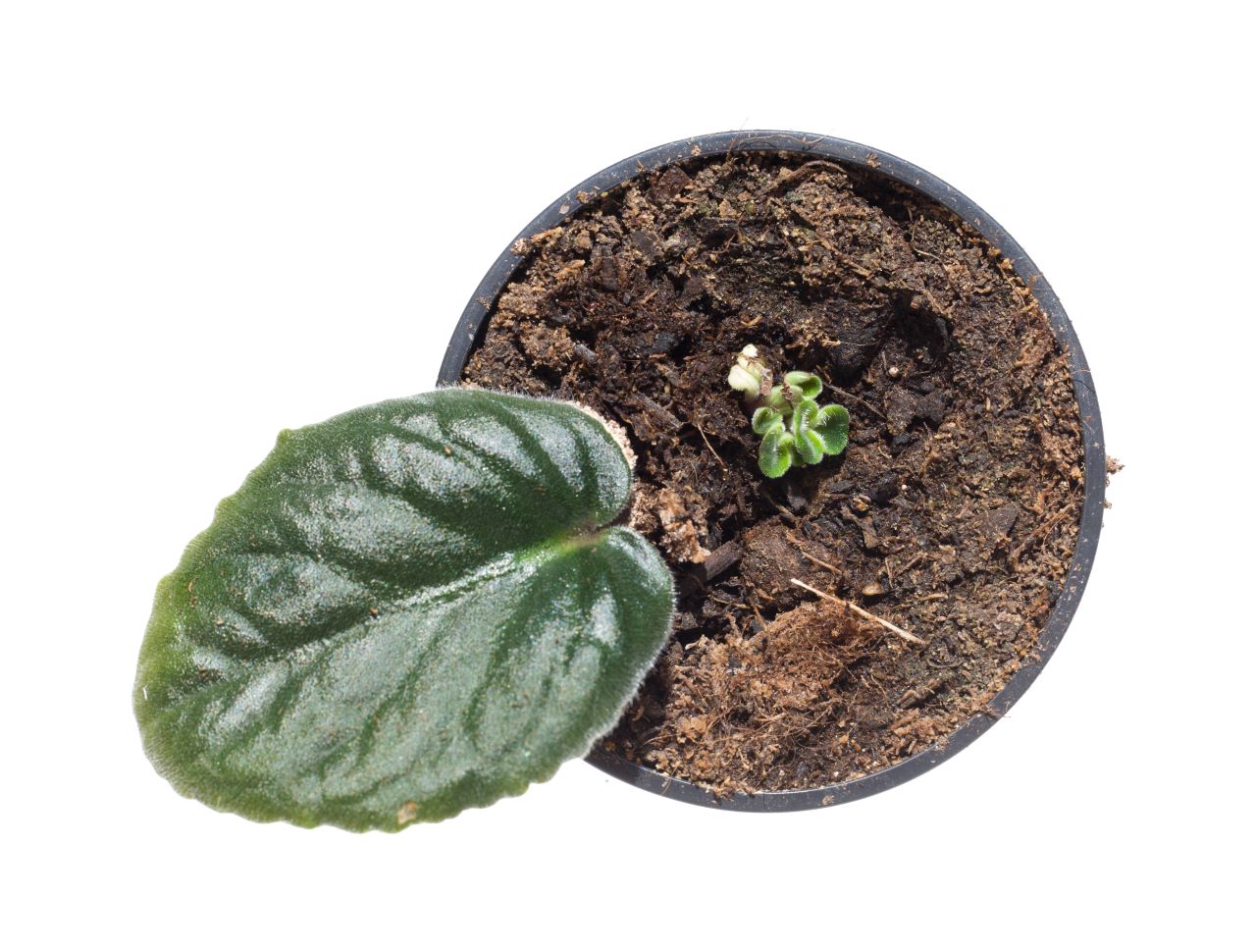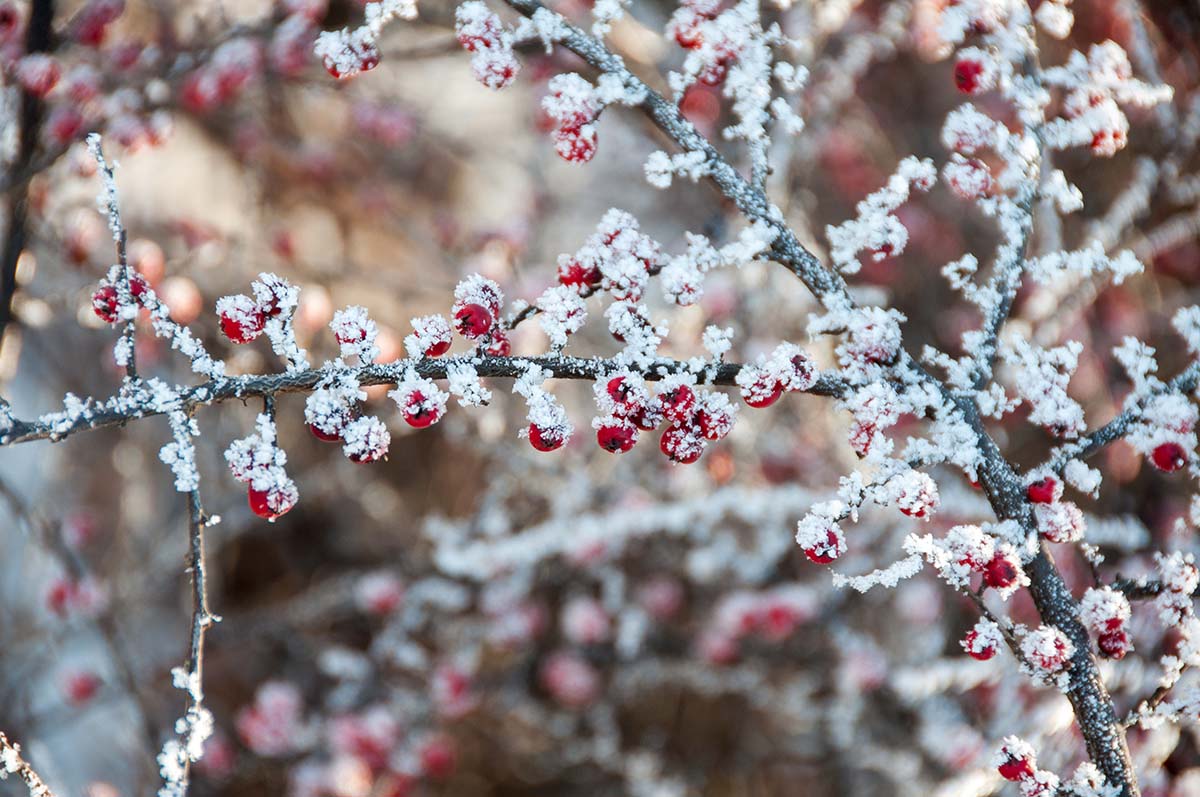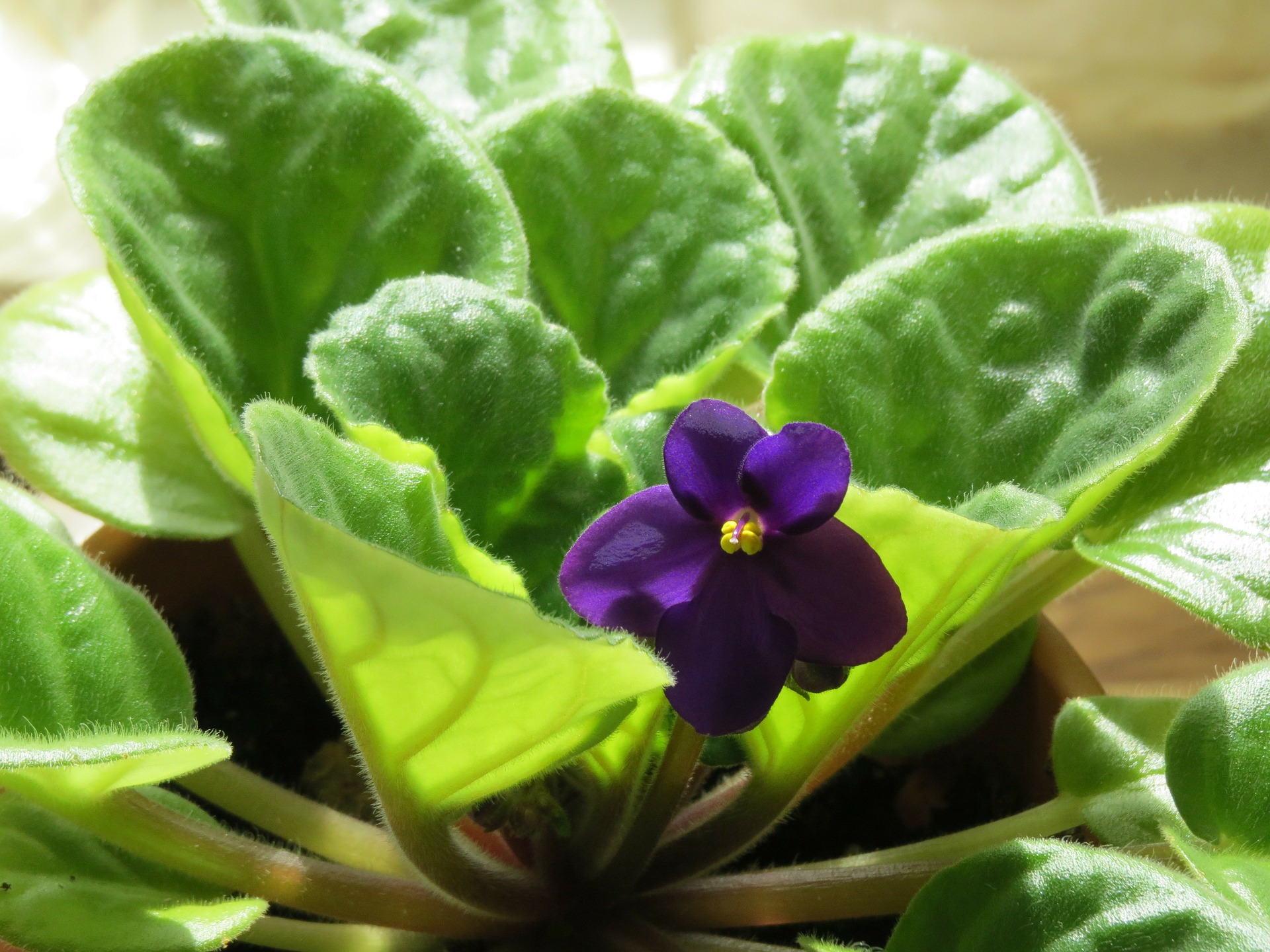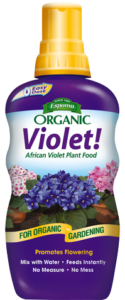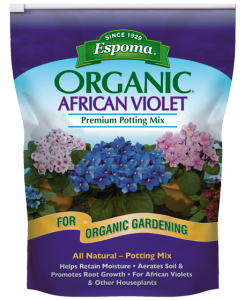Keeping Things Simple- Propagating African Violets
African Violets are one of the most loveable houseplants — packing lots of beauty in such a small plant. Gardeners love having them as a reminder of spring or summer indoors, while the seasons outside might be a little dreary. They seem to want more and more of them every year.
Save money and take your gardening skills to the next level by propagating them. It may sound intimidating to propagate an African Violet in the first place, but it is actually really simple – even beginning gardeners can do it.
Propagating African Violets from leaves
1. Choose a Leaf
Look for a leaf that is healthy and fresh, but has been established on the plant. You want to be sure the leaf is still full of life and not old and tough. Keep the petiole attached to the leaf.
Optional Step: With a sharp knife or razor, trim off the top of the leaf blade. This will encourage faster production of roots by sending all of the energy back into the soil and not into leaf growth.
2. Cut Leaf Petiole
Trim the petiole (the stem) to about ½ to 1 inch in length for best results. When trimming, be sure to cut it at a 45 degree angle to encourage root and plant growth.
3. Plant your Cutting
Find a small container and fill it with Espoma’s Organic African Violet Potting Mix. Make a shallow hole, using your finger or pencil. Place your leaf cutting in, stem side down, and firm the soil around it. Moisten the soil to lock in the cutting.
4. Give it Sunshine
Your cutting needs humidity and sunshine in order to grow. Place it in a clear covered container or put a clear plastic bag over it to provide humidity. Place this in a bright place without being in direct sun. Try to find a window that provides moderate temperature.
5. Plantlets Sprout
Patience is key here. At about 3-4 weeks, roots should begin forming on the petiole. In another 3-4 weeks, your new leaves will start to sprout. When the sprouts get 2-3 leaves on them, which is around the 2-6 month mark, you will need to repot.
Keep maintaining your sprouts and plantlets to nurse them into full grown African Violets. Keep your fully grown African Violets happy and healthy with Espoma’s Violet! liquid fertilizer.

